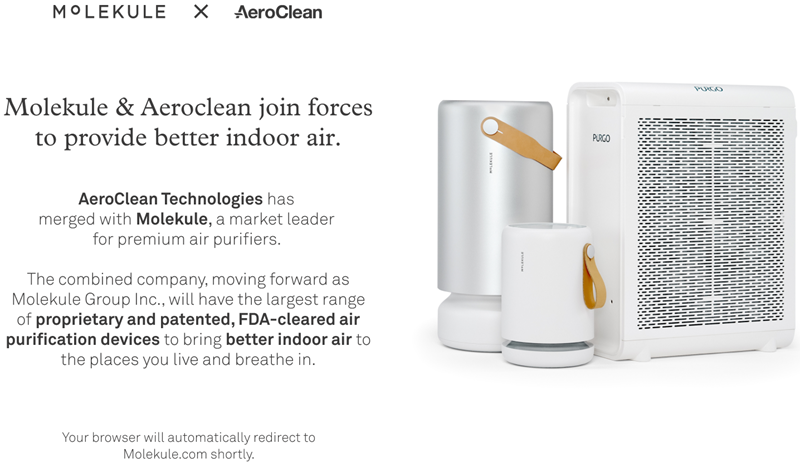The field of nursing currently faces unprecedented hurdles, and the fallout affects everything from patient care to hospitals’ bottom lines. In a 2021 survey of nurses, 80% said their units are inadequately staffed.1 The causes vary – from an aging workforce to fewer nurses entering the profession. But topping the list is the widespread impact of the pandemic and resulting to burnout on the frontlines.
The extent of that last factor is particularly alarming. In one recent nursing profession study, 95% of participants reported feeling burned out within the last three years.2 In addition, 47.9% of participants reported that they were actively searching for a less stressful position as a result of that burnout.2
The pandemic’s side effects don’t stop at burnout, however. Nursing absenteeism is a key contributing factor to the stress many health systems are under, and the problem compounds as nurses miss shifts due to both burnout and illness, which in turn places even more pressure on the remaining nursing staff. What does it all mean for hospitals? A rapidly increasing pressure to find new solutions for supporting and retaining nurses.
While the post-pandemic landscape has pushed health systems into uncharted waters, recent data does offer some potential life preservers. For example, in a 2021 study by The Ohio State University College of Nursing, the vast majority of participating nurses reported physical health (74.6%) and mental health (80.7%) at a five or lower on a 10-point scale.3 However, among those who reported their workplaces were supportive, the study found that nurses were:
- Less likely to report a negative impact of the pandemic on healthy lifestyle behaviors
- Three-to-nine times as likely to report good physical and mental health, no/little stress and no burnout
The study’s chief author, Bernadette Melnyk, PhD, APRN-CNP, FAANP, FNAP, FAAN, noted of the findings: “That healthcare leaders should be alarmed by the findings of our study is an understatement. These trends do not only affect the well-being of our clinicians; they are also associated with the quality and safety of care that clinicians provide to patients.” 3
Based on the study’s results, Melnyk also noted that “Effective interventions to improve mental/physical health, well-being and healthy lifestyle behaviors in physicians and nurses” are critical to combatting the burnout many are experiencing. The same is true for reducing clinician absenteeism related to both mental and physical health.
Strategies for reducing absenteeism and turnover
Advances in technology are helping health systems implement interventions in new ways that benefit hospital staff and patients alike. Among those innovations are new approaches to eliminating airborne microorganisms, which in turn reduce healthcare-associated infections – one of the costliest challenges hospitals face when it comes to patient care and clinical resources. Even pre-pandemic, healthcare systems were urgently searching for effective HAI-reduction strategies, and one 2019 study4 of U.S. in-patient facilities found a strong correlation between increased HAIs and nurse understaffing. From the study:
Nurses, the largest workforce in hospitals, play a vital role in preventing and controlling HAIs by providing bedside care and helping to coordinate multidisciplinary teamwork. When a unit is understaffed (staffing was below 80% of unit median) nurses in the unit experienced excessive workloads. These heavy workloads may compromise infection prevention practices and surveillance activities for early recognition of signs and symptoms of infection.4
That workload has only grown with the pandemic, as have the direct side effects experienced by nursing staff as a result. Finding ways to simultaneously help nurses feel safer and more supported and protecting them from illness while also reducing the extra workload that comes from HAIs are among the benefits offered by innovations in SafeAir technology, such as Pūrgo™ from AeroClean.
Pūrgo™ benefits for healthcare systems
Pūrgo™ uses safe, solid-state UV-C emitters at the optimum wavelength for continuous air sanitization to significantly reduce or remove 99.99% of viral, bacterial and fungal harmful microorganisms. Pūrgo™ meets the air quality safety standards outlined by ASHRAE and the CDC for hospital patient rooms, providing powerful protection for patients, including the immunocompromised, as well as for hospital staff. Pūrgo™ also:
- is an FDA-Cleared Class II Medical Device
- demonstrates a 99.99% kill rate against harmful airborne microorganisms, including bacteria, viruses and fungi in indoor spaces in less than one hour, providing real-time, continuous sanitization
- has been tested and validated by multiple independent and accredited laboratories to significantly improve air quality by providing air filtration, sanitization, and supplemental ventilation
Interested in learning how Pūrgo™ may benefit your hospital or outpatient facility? Schedule a consultation.
Contributors: Jimmy Thompson
REFERENCES
1 Nurse.org (https://www.vocera.com/reimagining-nursing)
2 Nursing CE Central (https://nursingcecentral.com/nurse-burnout-study-2021/)
3 Ohio State University College of Nursing (https://nursing.osu.edu/news/2021/09/23/new-study-examines-association-between-nurses-well-being-workplace-wellness)
4 Nurse Staffing and Healthcare Associated Infection, Unit-level Analysis
(https://www.ncbi.nlm.nih.gov/pmc/articles/PMC6478399/)
